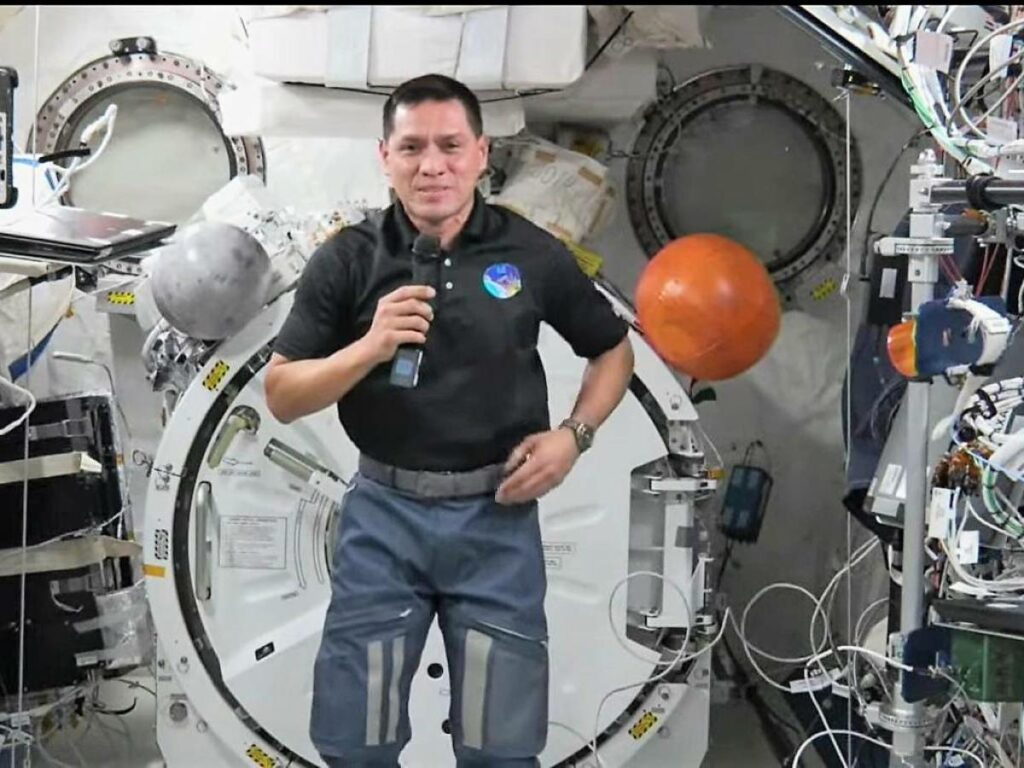In 1995, history witnessed astonishing news: the discovery of the first exoplanet, the first planetary body outside our solar system, was confirmed. They named it with a scientific name 51 Pegasi b, a boring name for something so attractive. Until that year, we could only prove the existence of planets in our cozy solar neighborhood. Jupiter, Saturn, Venus, Mars. But that new guest, 51 Pegasi B, was a new world orbiting a different sun.
Years have passed, technologies have advanced and astronomical observatories have been able to discover thousands of planets beyond our tiny solar system. Number of confirmed planetary bodies in recent decades Already crossed 5,000 exoplanets And astronomers are now focusing on looking for other interesting features.
We've discovered giant planets many times the size of our Jupiter, we've discovered bodies orbiting binary stars that delight fans of the “3-body problem,” and we've discovered gas giants that could almost be stars. , without a doubt, the most interesting quest is to find a plane similar to ours, such as Exo Earth or Earth 2.0.
There are already a few candidates for this terrestrial twin, but one of the most complicated elements to confirm with certainty is the existence of an atmosphere. Different exoplanets have signs of atmospheres, most of which are gas giants, but finding a rocky planet covered in an atmosphere is difficult.
A Note on the official NASA website “Researchers using NASA's James Webb Space Telescope may have discovered the surrounding atmospheric gases 55 Cancri-e, a hot, rocky exoplanet 41 light-years from Earth. “This is the best evidence for a rocky planetary atmosphere outside our solar system.”
Detecting the atmospheres of gas giant planets is relatively easy, and indeed the first of them was confirmed by the Hubble telescope. 20 years agoHowever, atmospheres around rocky planets are challenging for researchers because they are so thin and dense.
extraterrestrial 55 Cancri-e It is one of five known bodies orbiting a Sun-like star in the constellation Cancer. It is twice the diameter of our planet and slightly denser, so we call it a “super-Earth”. Its size is slightly smaller than Neptune, but its composition is very similar to other rocky planets in our solar system.
But let's not get too excited… 55 Cancri-e It orbits so close to its star that it becomes a burning planet, a veritable inferno. This high temperature made it difficult to detect its atmosphere for many years. We have Previous studies of 55 Cancri-e In this, with the help of the Spitzer telescope, they suggested the presence of a substantial atmosphere rich in volatiles (molecules in gaseous form) such as oxygen, nitrogen and carbon dioxide. But researchers couldn't rule out another possibility: Except for a thin mantle of vaporized rock rich in elements like silicon, iron, aluminum and calcium, the planet is bare. “Because the planet is so hot, some of the molten rock will evaporate.” Explained at NASA.
This is where the brand new James Webb Telescope comes into play, which seems to have finally resolved the dilemma between these two possibilities. Webb can't capture an exoplanet directly, but it has infrared instruments that can measure the spectrum of light from the planet and detect subtle changes in that light as the planet orbits its star.
With this data collected by Webb's team, they found Significant temperature difference. “If the planet was simply covered in a thin veil of vaporized rock or dark molten rock without an atmosphere, the daytime temperature should be about 2200°C, but the MIRI instrument data shows a relatively high temperature of 1540°C. “This is a very powerful indication that energy is distributed from the dayside to the nightside. symptom, probably due to an atmosphere rich in volatiles.”
This temperature is low compared to a similar planet without an atmosphere, indicating that heat is distributed from the dayside to the nightside of the planet, perhaps through a turbulent atmosphere. In short, this news shows the most convincing evidence that planet 55 Cancri e may exist Surrounded by an atmosphere rich in carbon dioxide or carbon monoxide and other volatiles, not just vaporized rock.
“For the past ten years we have been modeling different scenarios trying to imagine what this world might look like,” explains astronomer Yamila Miguel, co-author of the discovery. “Final confirmation of our work is priceless!”
Scientific notes and additional information:
NASA Web Mission Team: “NASA's Web notes on possible atmospheres around rocky exoplanets” (2024)
University of BernThe web presents the best evidence to date for rocky exoplanet atmospheres” PHys.org (2024)


:quality(85)/cloudfront-us-east-1.images.arcpublishing.com/infobae/JPBT4WJM6FDDVOZN7CO5FF6IDQ.jpg)

